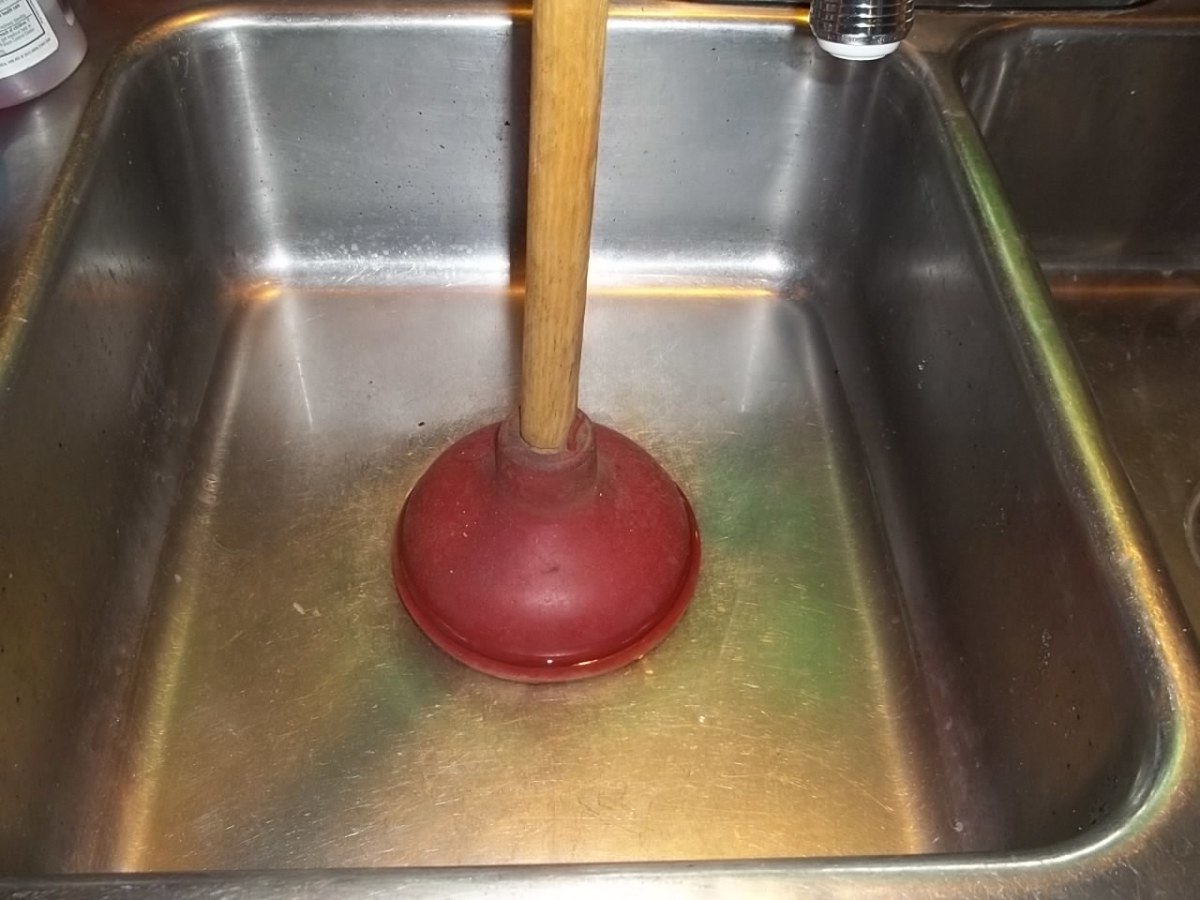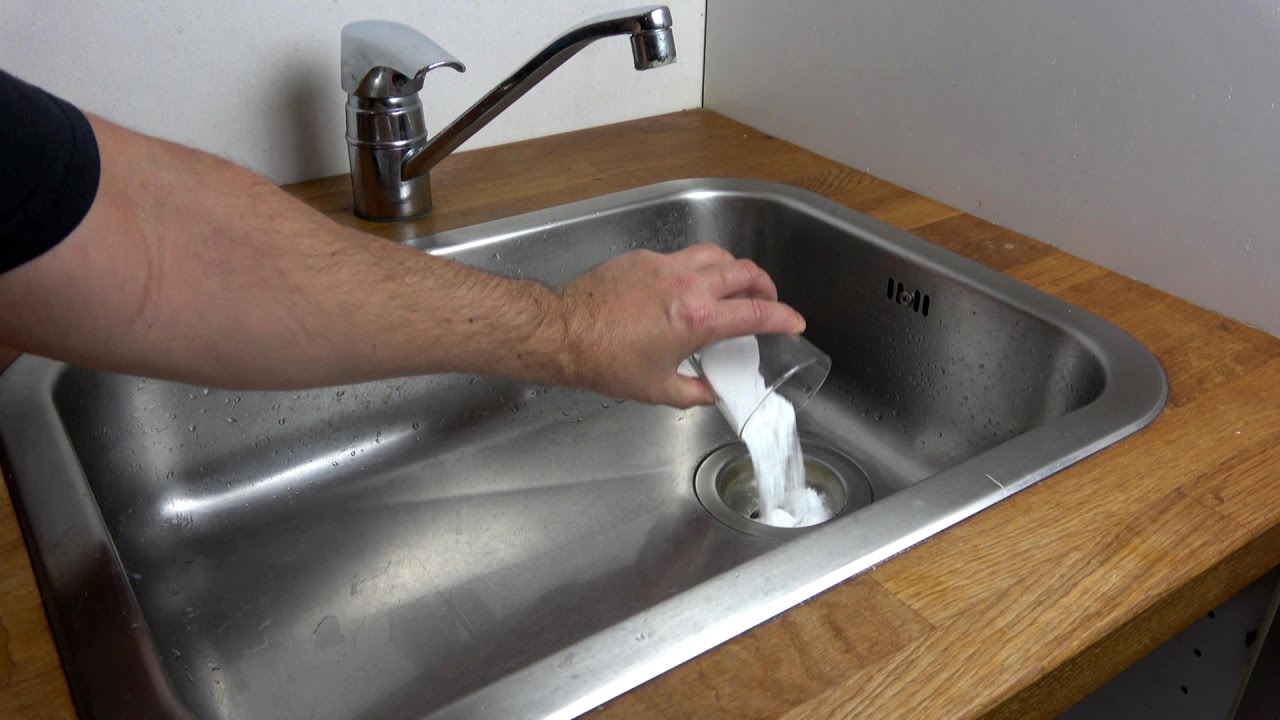The article author is making a few good observations on the subject of DIY Plumbing Fixes overall in this content which follows.

Obstructed cooking area sinks are one of the most typical drainage issues house owners face. As well as what's even more, it's a very awkward as well as unpleasant view. Picture going to the sink to do your meals and also learning that the drain is blocked and water can not stream down easily.
Most blocked water drainages are caused by food particles, soap, fat, and oil bits. They block the sink as well as make it hard for water to go down the drainpipe rapidly. While it is alluring to put a call through to the plumbing professionals, there are a couple of DIY hacks you can attempt initially prior to making that call.
In this article, we will certainly be taking a look at five easy actions you could take to free your cooking area sink from clogs as well as conserve you from the discomfort as well as shame of managing a blocked kitchen sink.
1. Usage Boiling Water
When faced with a clogged sink, the first thing you need to attempt is to pour boiling thin down the drain. That is about the most uncomplicated solution to stopped up sinks and water drainages. Boiling water aids reduce the effects of the particles as well as particles causing the clog, especially if it's oil, soap, or grease particles, and also in most cases, it can flush it all down, and also your sink will be back to normal.
Do not attempt this approach if you have plastic pipes (PVC) due to the fact that warm water can thaw the lines and also trigger even more damages. If you use plastic pipes, you might want to stay with using a plunger to obtain debris out.
Using this approach, activate the tap to see just how water streams after putting warm water down the tubes. If the clog lingers, try the procedure again. Nonetheless, the clog could be much more relentless in many cases and also need greater than simply boiling water.
2. Maybe it's the Garbage Disposal
In numerous instances, the blockage might be due to a clog in the disposal. Usage pliers rather.
You can check out the complying with option to unblock your kitchen sink if this does not function.
3. Try a Plunger
You can try using a plunger if the problem is not from the garbage disposal. Bettors are typical residence tools for this event, and also they can can be found in handy if you utilize them appropriately. A flat-bottomed bettor is most suitable for this, however you can make do with what you have is a bathroom bettor.
Comply with the following basic steps to make use of the plunger properly:
Secure the drainpipe with a dustcloth and fill the sink with some warm water
Place the bettor ready over the drainpipe and begin diving
Check to see if the water runs freely after a couple of dives
Repeat the process until the drain is totally free
4. Sodium Bicarbonate and Vinegar
Instead of making use of any type of type of chemicals or bleach, this technique is safer as well as not harmful to you or your sink. Sodium bicarbonate and also vinegar are day-to-day house products made use of for many various other things, and they can do the technique to your kitchen area sink.
Firstly, eliminate any type of water that is left in the sink with a cup.
Then pour a great quantity of cooking soda down the drain.
Pour in one mug of vinegar.
Seal the drainage opening and permit it to go for some mins.
Pour warm water down the drain to dissolve various other stubborn residue as well as fragments.
Following this basic method might suffice, and also you can have your kitchen sink back. Repeat the process as long as you deem required to rid the sink of this particles entirely.
5. Utilize a Hanger
Using a cable fabric wall mount or a plumber's snake if you have one can do the trick. All you require do is straighten the wall mount to go down the drainpipe while you carefully select out the bits causing the obstruction.
Run warm water down the tubes hereafter to see exactly how effective you were.
Final Words
Attempting these couple of tricks might save you the expenditures of having a plumber check it. Yet in a lot of cases, a plumber is what we need. In cases where you locate it hard to unclog the sink even after attempting all these techniques, it may be time to leave it to the professionals.
Call professional plumbing companies to fix your water drainage problems as well as various other different family plumbing demands.
Blocked kitchen area sinks are one of the most usual drain concerns home owners encounter. Picture going to the sink to do your recipes as well as finding out that the drainpipe is obstructed and water can not flow down easily.
They block the sink and make it hard for water to go down the drainpipe rapidly. When faced with a clogged sink, the first thing you need to try is to put boiling water down the drainpipe. Boiling water aids counteract the fragments as well as debris causing the obstruction, specifically if it's soap, oil, or grease particles, and also in lots of cases, it can flush it all down, and also your sink will be back to typical.
How to Unclog a Kitchen Sink
Take the Plunge
Start your efforts by plunging. Use a plunger with a large rubber bell and a sturdy handle. Before getting to work on the drain, clamp the drain line to the dishwasher. If you don t close the line, plunging could force dirty water into the dishwasher.
Fill the sink with several inches of water. This ensures a good seal over the drain.
If you have a double sink, plug the other drain with a wet rag or strainer.
Insert the plunger at an angle, making sure water, not air, fills the bell.
Plunge forcefully several times. Pop off the plunger.
Repeat plunging and popping several times until the water drains.Clean the Trap
The P-trap is the curved pipe under the sink. The trap arm is the straight pipe that attaches to the P-trap and runs to the drain stub-out on the wall. Grease and debris can block this section of pipe. Here s how to unclog a kitchen sink by cleaning out the trap:
Remove as much standing water from the sink as possible.
Place a bucket under the pipe to catch the water as it drains.
Unscrew the slip nuts at both ends of the P-trap. Use slip-joint pliers and work carefully to avoid damaging the pipes or fasteners.
If you find a clog, remove it. Reassemble the trap.
If the P-trap isn t clogged, remove the trap arm and look for clogs there. Run the tip of a screwdriver into the drain stub-out to fetch nearby gunk.Spin the Auger
With the trap disassembled, you re ready to crank the auger down the drain line.
Pull a 12-inch length of cable from the auger and tighten the setscrew.
Insert the auger into the drain line, easing it into the pipe.
Feed the cable into the line until you feel an obstruction. Pull out more cable if you need to.
If you come to a clog, crank and push the cable until you feel it break through. The cable will lose tension when this happens.
Crank counterclockwise to pull out the cable, catching the grime and debris with a rag as the cable retracts.

As a fervent person who reads on Common Household Plumbing Issues, I assumed sharing that piece was sensible. Do you know about anybody else who is intrigued by the subject? Feel free to promote it. Thank you for your time. Please visit our site back soon.
Reliable? That's us!